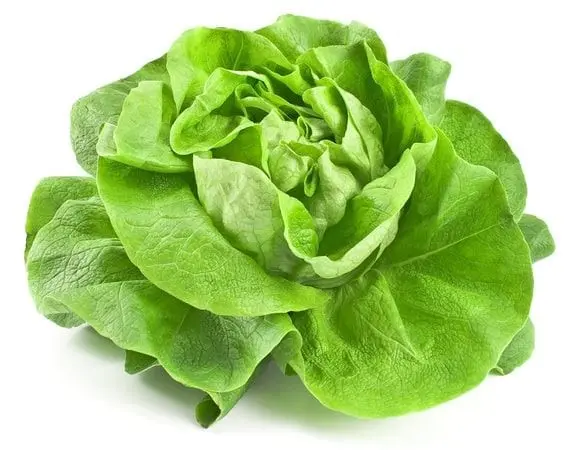Contents
Green leafy vegetables – not the most popular product on the table of our citizens. Most often, the greenery acts as a decoration of a dish with cold meats or as an ingredient in salads.
Meanwhile, this product is an important part of a healthy diet due to high content of vitamins and antioxidants, low calorie and easily digestible.
Salad greens contain vitamins A and C, beta-carotene, calcium, folic acid, high in fiber and phytonutrients.
These unique biologically active substances prevent even diseases such as heart disease and cancer.
Vitamins
The most rich in Vitamin C is Romaine lettuce. It contains about 24 mg to 100 g.
The highest content of vitamin A and beta-carotene can boast of varieties of salads with red leaves.
Spinach, radiccio and watercress are a great source of vitamin K, which helps to strengthen bones.
Handful watercress, placed in an ordinary teacup, provides the daily dose of this vitamin. And in the same amount of spinach there is 170 percent of the daily value!
The Romaine lettuce has fiber and folic acid which protects the cardiovascular system.
Folic acid reduces the risk of stroke, and fiber lowers “bad” cholesterol.
Two handfuls of lettuce supply about 40 percent of the daily requirement of an adult in folic acid.

Minerals
Magnesium, which is a lot in spinach and arugula, helps to normalize insulin metabolism in the body and reduce the risk of developing type II diabetes.
By the way, all leaf vegetables have very low glycemic index. This means that people with already developed diabetes can eat them without limits.
In addition, spinach contains nitrates, which help muscles more efficiently use oxygen and more productively work.
Antioxidants
Spinach, plain leaf and red salads contain beta-carotene, vitamin a, lutein and zeaxanthin, which help maintain healthy vision. They reduce the risk of developing age-related macular degeneration and cataracts.
In addition, the antioxidants reduce the risk of developing certain types of cancer. For example, watercress salad has substance isothiocyanate, which is able to reduce the activity of the growth of cancer cells. Another unique ingredient – quercetin – has anti-inflammatory action.
Low calorie
Salad vegetables are very low in calories. In a small handful of chopped leaves contains only about seven calories.
They are good for people who care about their figure, but don’t want to be hungry. A large portion of salad for a long time causes a feeling of satiety due to the high content of fiber, but it is completely safe for the waistline.
Salad safety
— Store salad separately from raw meat or poultry.
— Put the salad in the fridge for a cool vegetable rack. The best temperature for lettuce is about four degrees Celsius. Best packaging – polyethylene or plastic tray, not giving the leaves time to dry.
— Always wash your hands before preparing salad.
— Soak the salad for ten minutes in cool water – this will help to remove adhering soil particles and dust.
— Be sure to Pat the washed lettuce with a cloth or paper towel. This will keep its taste and texture in the finished dish.

Salad tips
— Try different varieties of lettuce. Each of them delicious and healthy in its own way.
Salad is not only chopped vegetables in a bowl. It is possible to do the diet rolls, add them to sandwiches and use as a separate side dish.
— Try to use less salt, sauce, oil and other salad dressings. Using them makes lettuce leaves become soft and lose their crunch and flavor. The perfect dressing for salads – a little olive oil and lemon juice.
The most important
Don’t underestimate the salad – it has a lot of vitamins and minerals. And for those who are trying to loose a few extra pounds – the green vegetables are not a threat at all, because they are rich in fiber and contain low calories.









